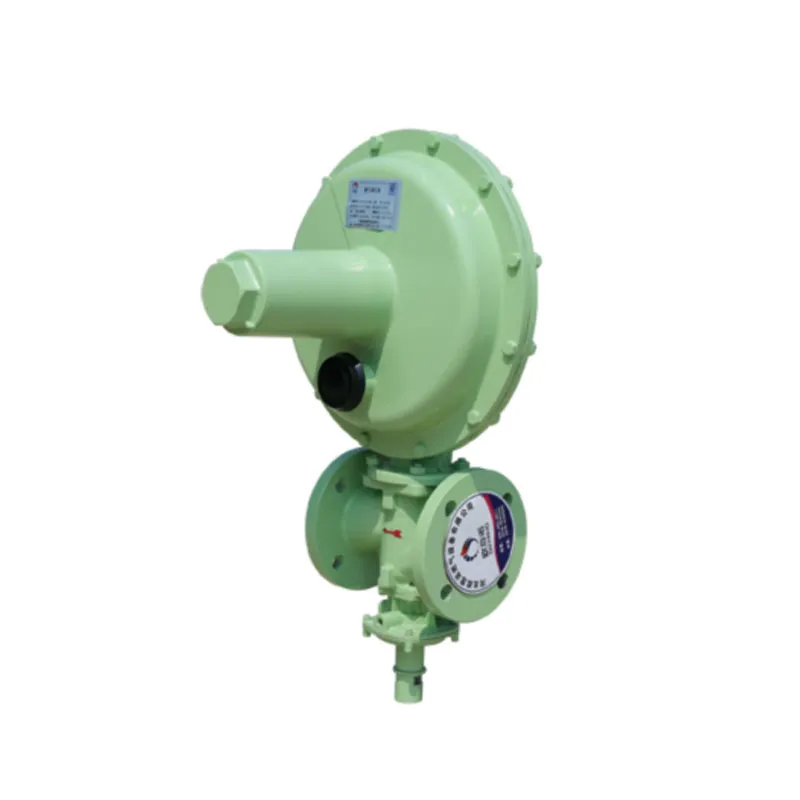
10 月 . 10, 2024 10:49
Back to list
gas booster
Gas Boosters Enhancing Efficiency in Natural Gas Systems
In an era where energy efficiency and sustainability are paramount, gas boosters have emerged as a pivotal technology for optimizing natural gas distribution and utilization. These devices play a crucial role in enhancing the pressure and flow of natural gas, thereby ensuring a smoother and more efficient delivery to end-users. This article delves into the significance of gas boosters, their working principles, applications, and the benefits they offer to the energy sector.
Understanding Gas Boosters
Gas boosters are mechanical devices designed to increase the pressure of natural gas in a pipeline. They are typically installed in systems where the pressure is insufficient to meet the needs of consumers or where the distance of gas transport requires an enhancement in pressure to ensure sufficient flow rates. The fundamental operation of gas boosters involves taking in low-pressure gas, compressing it, and then discharging it at a higher pressure. This process is essential in various applications, from residential heating to industrial processes.
Working Principles
The operational mechanism of gas boosters can be understood through the principle of compression. Gas boosters typically use either positive displacement or dynamic compression methods. Positive displacement boosters work by trapping a fixed volume of gas and then mechanically reducing that volume to increase pressure. In contrast, dynamic compressors utilize rotating impellers to impart kinetic energy to the gas, subsequently converting this energy into increased pressure.
Most modern gas boosters are equipped with advanced control systems that allow for real-time monitoring and adjustment of pressure levels according to demand. This technological advancement ensures that the gas supply remains consistent, avoiding fluctuations that could affect end-user operations.
Applications of Gas Boosters
Gas boosters find applications across various sectors, each benefiting from enhanced gas pressure and flow. In domestic settings, they are used to ensure that natural gas reaches appliances like furnaces, water heaters, and stoves at adequate pressure levels. In commercial settings, gas boosters facilitate the efficient operation of heating systems and industrial ovens.
gas booster

Industrially, gas boosters are indispensable in sectors such as petrochemicals, manufacturing, and energy production. They enhance the performance of machinery that relies on gas, thus improving overall operational efficiency. Furthermore, gas boosters are crucial in transport and distribution networks, particularly in long-distance pipeline systems, where pressure drops can occur due to friction and elevation changes.
Benefits of Gas Boosters
1. Enhanced Efficiency By boosting gas pressure, these devices minimize energy losses during transportation and distribution, leading to significant cost savings for energy suppliers and consumers alike.
2. Increased Supply Reliability Gas boosters ensure that end-users receive a consistent and adequate gas supply. This reliability is particularly critical in industrial applications where downtime can result in substantial financial losses.
3. Support for Renewable Energy Integration As the energy sector moves towards integrating more renewable sources, gas boosters can help manage the variable nature of these inputs. By maintaining appropriate pressure levels, they ensure that natural gas remains a viable backup energy source, complementing renewables like wind and solar.
4. Environmental Benefits Efficient natural gas distribution reduces the carbon footprint associated with gas extraction and transportation. By optimizing pressure levels, gas boosters contribute to lower emissions and help support global sustainability goals.
5. Adaptability and Scalability Gas boosters are versatile and can be tailored to meet the specific needs of different applications, making them suitable for everything from small residential units to large industrial operations.
Conclusion
As the world increasingly turns its focus toward efficient energy solutions, gas boosters stand out as a transformative technology in natural gas systems. Their ability to enhance pressure and flow has profound implications for various sectors, aiding in energy conservation, reliability, and overall operational excellence. As we look towards a future where energy demands continue to rise, the role of gas boosters in ensuring efficient and sustainable natural gas distribution will undoubtedly become more pronounced. Investing in this technology not only addresses immediate energy challenges but also aligns with broader environmental and economic goals.
Latest news
-
Unlocking The Quality Gas Pressure ReducersNewsNov.01,2024
-
The Role of Gas Pressure Reducing StationsNewsNov.01,2024
-
The Importance and Functionality of Safety Relief ValvesNewsNov.01,2024
-
The Essential Role of Safety Valves in Natural Gas ApplicationsNewsNov.01,2024
-
The Essential Role of Gas Pressure RegulatorsNewsNov.01,2024
-
Enhance Your Premium Gas FiltersNewsNov.01,2024

